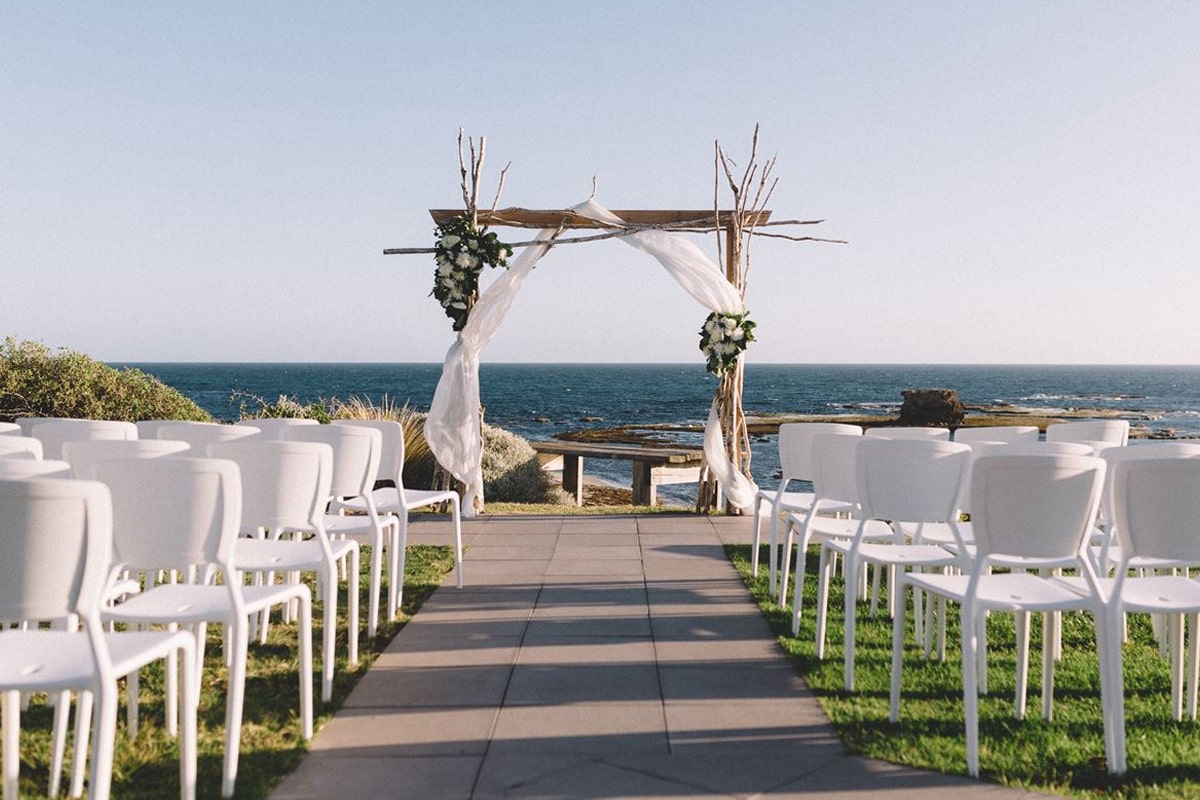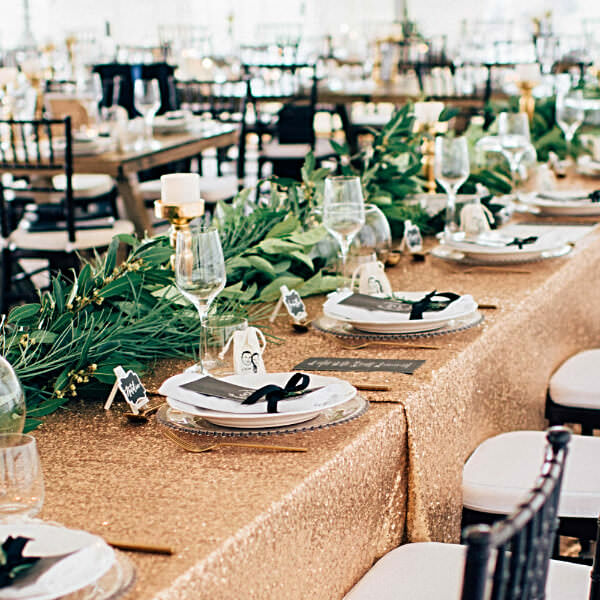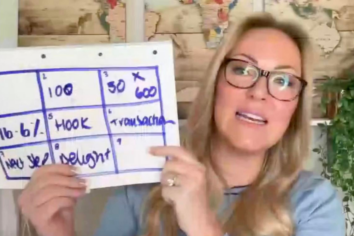By Phil Owens, Corporate Behaviourist and business coach.
Legend has it that Pablo Picasso was sketching in a cafe when a bold woman approached him.
“It’s you — Picasso, the great artist! Oh, you must sketch my portrait! I insist.”
So, Picasso agreed to sketch her. After studying her for a moment, he used a series of elegant pencil strokes to create her portrait. He handed the women his work of art.
“It’s perfect!” she gushed. “Thank you! How much do I owe you?”
“One hundred thousand Pesetas,” the artist replied.
“But, what?” the woman sputtered. “How could you want so much money for this picture? It only took you a minute or two to draw it!”
To which Picasso responded, “Madame, it may have taken only a moment to draw it, but it took a lifetime of study and practice to do it in that time.”
How do you set your pricing for what you do?
Pricing is a critical issue in business and getting it wrong has been the reason many businesses have failed. There is more to setting a price than picking a number – using a strategic approach can ensure you maximise your return and build a business that lasts.
The difference between value and price.
Our customers experience value, and pay the quoted price. If we are scared to set a price for what we offer, our customer may never truly value it. When we sell, we only sell on price if we have not been able to demonstrate the value.
How to set a price:
Here are a series of questions that can help you define on what price to set:
-
What are my costs? Not just materials, but all other fixed and flexible costs involved in delivering the product or service the customer. It is not just the ‘materials’, but also consider the time, the equipment used and the share of the costs of running the business that should go into each transaction.
-
Who is my customer (the person who pays for it)? What do I know about them, and what do they want to achieve?
-
How is the product or service experienced and consumed? What experience are people after, and what are the alternatives available?
-
What competition – direct and indirect – do you have? Direct competition comes from those businesses that offer the same product or service as you. An indirect competitor offers a product that can be used as a substitute to get the same outcome. If I am the owner of a winery, other wineries are direct competitors, whilst a beachside resort may be an indirect competitor.
-
What differentiates what you offer from the competitor (what makes you special), and what are their price points for what they offer?
-
What are your capabilities? What is it that you offer, what is your support and service like? Really understanding what you have is really important in setting a price.
-
What is happening in the market – is there a lot of demand? Do customers have money to spend, or is there pressure on them to save money?
-
Do you charge by the hour, or for the experience they receive?
Once you have answered these questions, you should now have the insights to set your price strategically.
An important issue is your brand. Like when you walk into the supermarket, you have the ability to buy home brand jam, standard brand jam, or the deluxe brand of jam, probably in the fancy jar. They all contain jam, but what sort of jam is your business? How do you want to be seen – and how do you want your customers to reflect on your brand (which shelf do they imagine you sit on?)
In one business, we changed what they offered from $499 to $1499 and the sales really took off. At $499 people thought what they were offering was cheap – at $1499 people thought what they offered was both good value and reasonably priced. It was a price that reflected a higher quality product – one that they wanted to be associated with.
Too many businesses under-price what they offer, as they are ‘scared’ it will be too expensive for their customers. If you know your customers, you will know both what they expect to pay, and what they are prepared to pay, for what you offer. Sometimes raising your price is the best sales strategy you can have!
The price:
So, now you know what sort of brand you want (premium, standard or home brand), you know what your customers expect and are prepared to pay, and what else they could choose instead. Based upon these aspects, you can define a price range for your product and service.
Packages:
Giving people options can be important. This allows them to control the choice process, and not be forced into a single option (which can scare them away). This can be done by offering a range of packages at different price points for the customer to select from – with most customers likely to select the middle offer. (Remember the jam in the supermarket?)
Discounting
Many businesses fall into the trap of discounting simply because a customer asks for it. Often, customers will ask for discounts on everything, whether they actually believe they can get it or not. If you have sold the value of what you offer, and believe the price is right, you can choose to hold the price steady. If you believe that you need to discount to secure the business, that is entirely your choice – but just be sure that you actually need to to secure the business. It can also damage your brand – premium brands rarely discount!
Be careful that if you do discount that you know your bottom line – you are a business, not a charity, so discounting below your true cost is the fastest way out of business.
Test
In the end, the proof is in the pudding. If you have set the price appropriately, and you present the value to the customer with confidence, you will find out how often price is a ‘deal breaker’ (as opposed to a sales objection!). THis can help you adjust the price point to the proper level (often upward!) to hit the sweet spot that represents value to the consumer and reflects your brand and capability.
Phil Owens is a Corporate Behaviourist and business coach. You can read more from him at www.thebiggergame.com.au.













